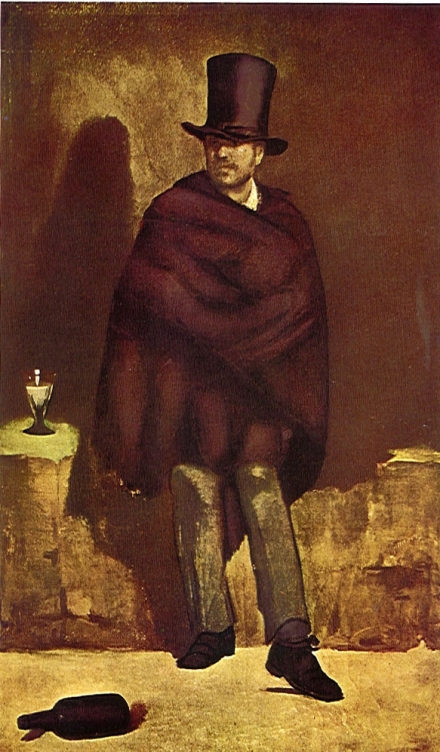The Britt, Oliver Sacks felt that the brain was the "most incredible thing in the universe" and that it should be studied. So, imagine my surprise when I read his essay Altered States in the New Yorker, instead of a deep insight to the working human brain, he went on a drug rant on why we, as a species need drugs; not crave, or how we fall victim to chems. He did go into the social Perhaps the individual nature behind the use of drugs.
He explained that, every culture has found chemical means of transcendence, and at some point the use of such intoxicants becomes institutionalized at a magical or sacramental level. The sacramental use of psychoactive plant substances has a long history and continues to the present day in various shamanic and religious rites around the world. The way he romanticizes addiction makes it seem as if there is a need of something bigger than oneself, something beyond faith that should keep our train of thought on track.
He did digress on a humbler level that, drugs are used not so much to illuminate or expand or concentrate the mind but for the sense of pleasure and euphoria they can provide. Just as he is on the picture above on a bike, he can connect with a drug user since the biker is in search of a small burst of an adrenaline rush, which in itself is a type of drug with its own set of addiction.
Apparently in Sacks twisted mind he believes every culture has its own chemical dependence.
Even thou, at some point in history all drugs reach a point that need to be evaluated for safety by big brother. Sacks kindly remind us about the pioneer Mormons, forbidden to use tea or coffee, on their long march to Utah found by the roadside a simple herb, Mormon tea, whose infusions refreshed and stimulated the weary pilgrims. This was ephedra, which contains ephedrine, chemically and pharmacologically akin to the amphetamines.
What culture can you associate the following drugs with?
• Peyote
• Hash
• Alcohol
• Coca
• Mescaline





